
Disney's Frozen movie is strikingly different to Hans Christian Andersen's beloved fairy tale "The Snow Queen". The 2013 animated movie renovates Andersen's story, which was published in 1844, for modern audiences by changing several key elements of the source material, including characters, plot lines, and the major themes. At the time, Frozen was merely the latest adaptation in a long line of movies based on Anderson's work, including Disney's own 1989 film The Little Mermaid.
Told in seven parts, "The Snow Queen" depicts the story of two young children, Kai and Gerda, who find their innocence and friendship put to the test after a mysterious visit from the story's eponymous ice-hearted monarch. "The Snow Queen" is widely considered to be one of Andersen's best works, and an adaptation of the fairy tale has purportedly been in the Disney pipelines since Walt Disney's hallowed days in the animation studio. But while "The Snow Queen" was used as a basis for Frozen, Chris Buck and Jennifer Lee's film is only a loose adaptation. A lot changed during production, including Frozen's original ending, that the finished product barely resembles Andersen's original parable of good vs. evil. Despite some extreme differences, at the heart of both works is an intrinsically good person who must be saved from the deadly affliction of being struck with a frozen heart.
With a story crafted by Buck, Lee, and Shane Morris, Frozen tells the tale of a determined princess, Anna (Kristen Bell), who sets off on a magical journey to find and bring back her estranged sister, Elsa (Idina Menzel) - a young queen with mysterious powers who has inadvertently set off an eternal winter in the fictional kingdom of Arendelle. The sweeping success of Disney's 53rd animated film adds a lucrative franchise to the venerable Disney Princess canon, beefing up the multinational entertainment conglomerate's marketing brand and storytelling stratagem. Frozen freshens up Andersen's whimsical, didactic prose with typical Disney flair, adding lovable new characters and the inescapable pop anthem heard round the world, "Let It Go". Here are all the ways Disney's Frozen contrasts and compares with Andersen's fairy tale "The Snow Queen".
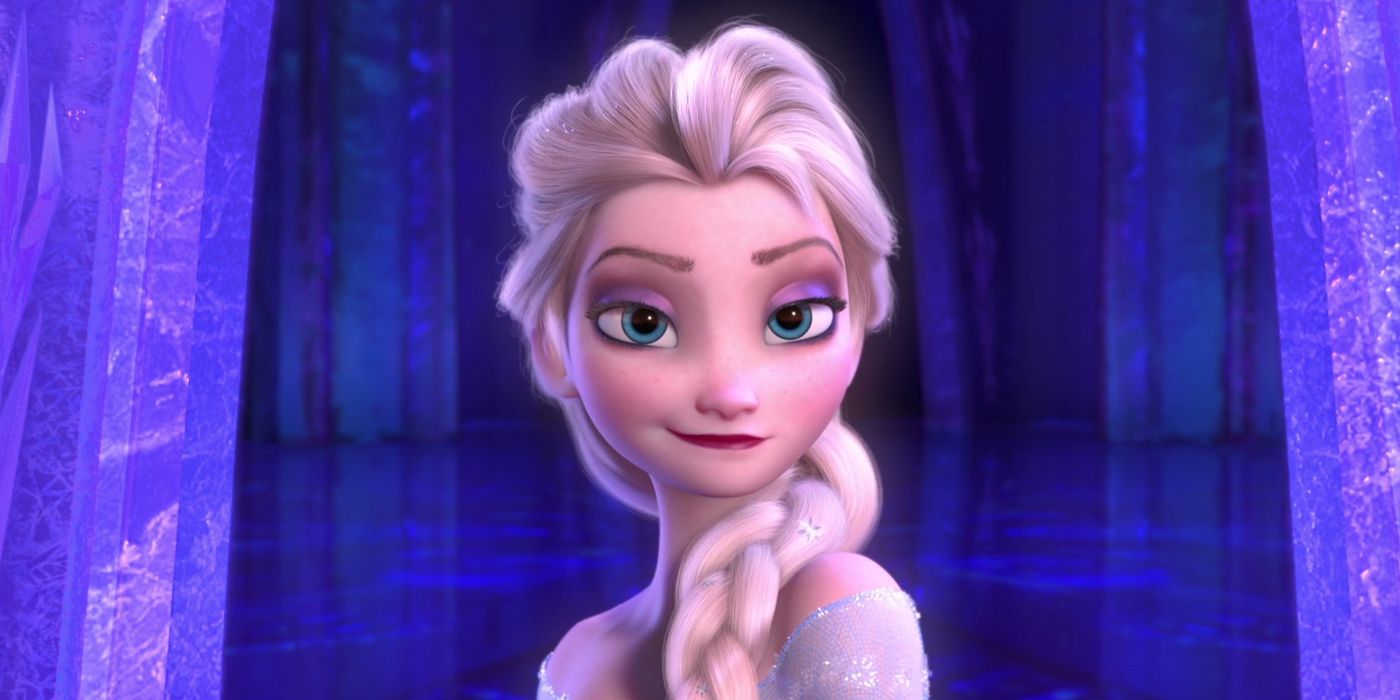
A major departure from Andersen's work is the wicked nature of the Snow Queen, who has been changed from the central antagonist of the story into the Disney movie's main protagonist. Andersen's Snow Queen is definitively evil; she entices a young boy away from his family and home with soft blandishments, all the while anticipating he will freeze to death. But Frozen's Snow Queen isn't vicious; this 21st century counterpart is merely confused and afraid. Unable to control her powers, Elsa runs away from home to live in self-imposed isolation, creating a stunning crystalline castle and getting a glamorous makeover in the bargain. Eventually, she learns she must face her inner demons by thawing out her frosty aloofness and embracing the healing power of love.
Whereas the Snow Queen's evil must be defeated by the pure innocence of youth, Elsa herself is a central part to saving her kingdom and loved ones from the damage and detriment of winter. In recent years, Disney's revival era films have stopped creating over-the-top villains in lieu of more sophisticated storytelling; Frozen shifts viewers' attention from an outward antagonist onto Elsa's internal struggles.
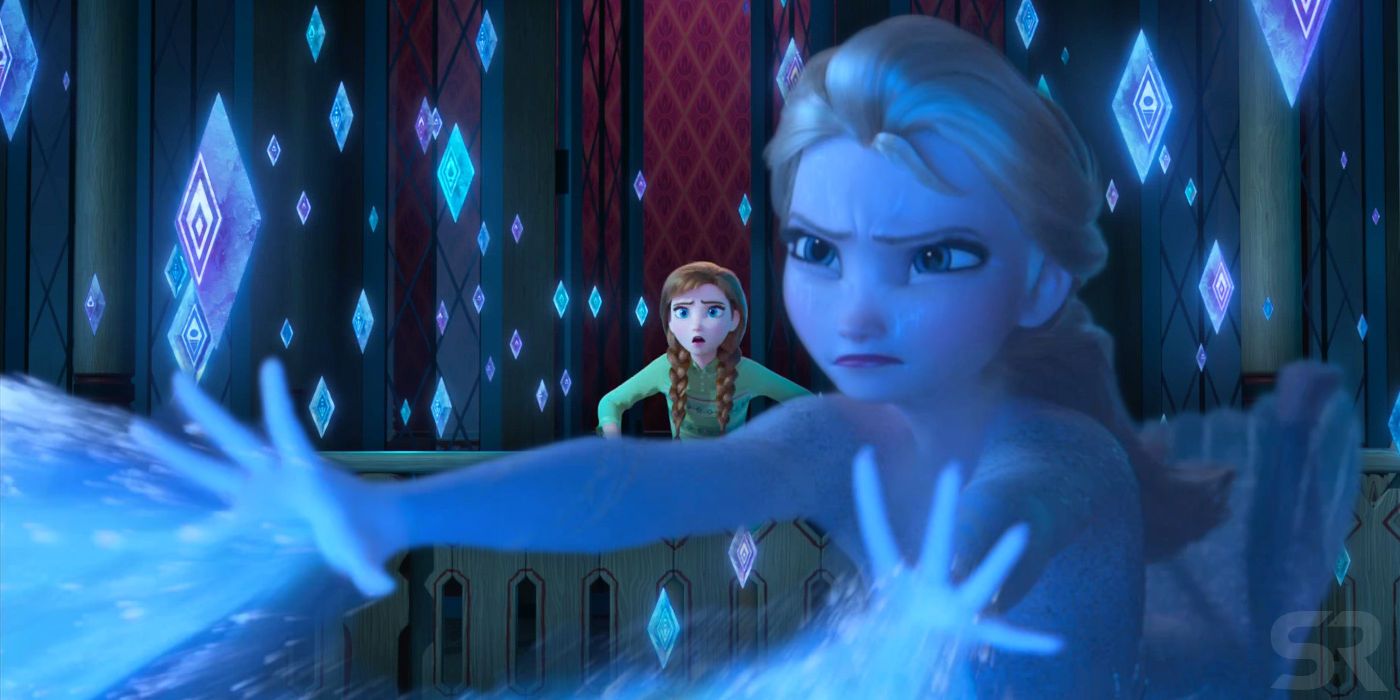
Elsa maintains similar powers possessed by the Snow Queen, although they are softer and watered-down. Both have the ability to create expansive ice castles, control wintry weather conditions, and conjure up snow creatures to be used for personal protection. Neither queen seems to be affected by the cold, either. A major difference between their powers is that Elsa is still mastering and understanding her supernatural side, while the Snow Queen appears to be in complete control of her sorcery.
The Snow Queen is beautiful and bewitching, and her powers are at her strongest in places that are already experiencing winter. The Snow Queen can turn into a snowflake and is also able to fly, and her kisses have the ability to numb cold, cause forgetfulness and even kill. Perhaps the biggest difference between Elsa and the Snow Queen's powers are the motivations and intentions behind them. The Snow Queen uses her magic for nefarious purposes. Elsa simply wants to be left in peace and fulfill her self-realization on her own terms.
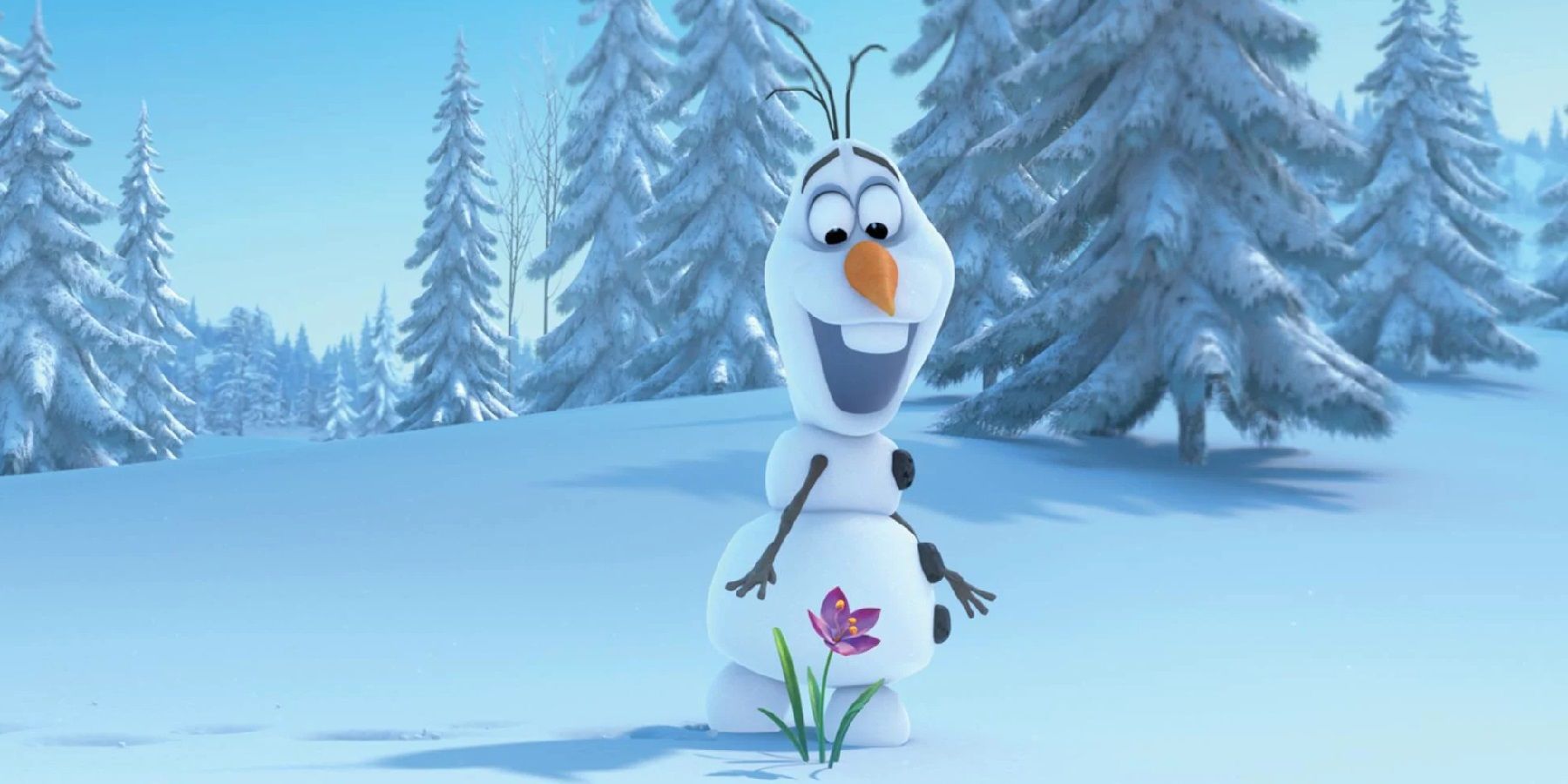
One of the most notable differences between Andersen's fairy tale and Disney's film adaptation is the exclusion of nearly every original character, who have been replaced with heroines and sidekicks who serve as comedic foils and are perfecting for merchandising. "The Snow Queen" centers around the lives of best friends Kai and Gerda, two young children who are the story's protagonists. Frozen updates the dynamics of the two main characters; the sibling-like Kai and Gerda are transformed into sisters Anna and Elsa. Disney also changes the ages of the story's protagonists from young children to young adults and replaces their lowborn background with a royal pedigree.
Frozen also excludes most of Andersen's supporting characters, including a helpful crow couple, story-telling flowers, a wise grandmother, an evil goblin, a group of robbers, and a well-meaning prince and princess, to name a few. Instead, Frozen introduces audiences to a group of freewheeling love trolls and Olaf (Josh Gad), a buck-toothed snowman who likes warm hugs and engages in Vaudeville-inspired musical numbers. Notably, the story transfers the villainous reins from the titular Snow Queen to Prince Hans (Santino Fontana), a smooth-talking cad looking to prey on Princess Anna's naivety and foolish notions of romantic love.

Not all the characters in Frozen are new; some have merely undergone unrecognizable transformations. The brusque and violently problematic character of the Little Robber Girl is remodeled into the affable Kristoff (Jonathan Groff), a swashbuckling ice harvester who joins Anna on her quest to bring back her older sister and rescue their winter-blasted home. In "The Snow Queen", the Little Robber Girl kidnaps, intimidates, and threatens to kill Gerda, all while holding a sentient reindeer captive at knife point. These violent circumstances are heavily softened in the Disney movie, and the imprisoned reindeer becomes Sven, Kristoff's loyal companion, who is now the equivalent of a Nordic golden retriever.
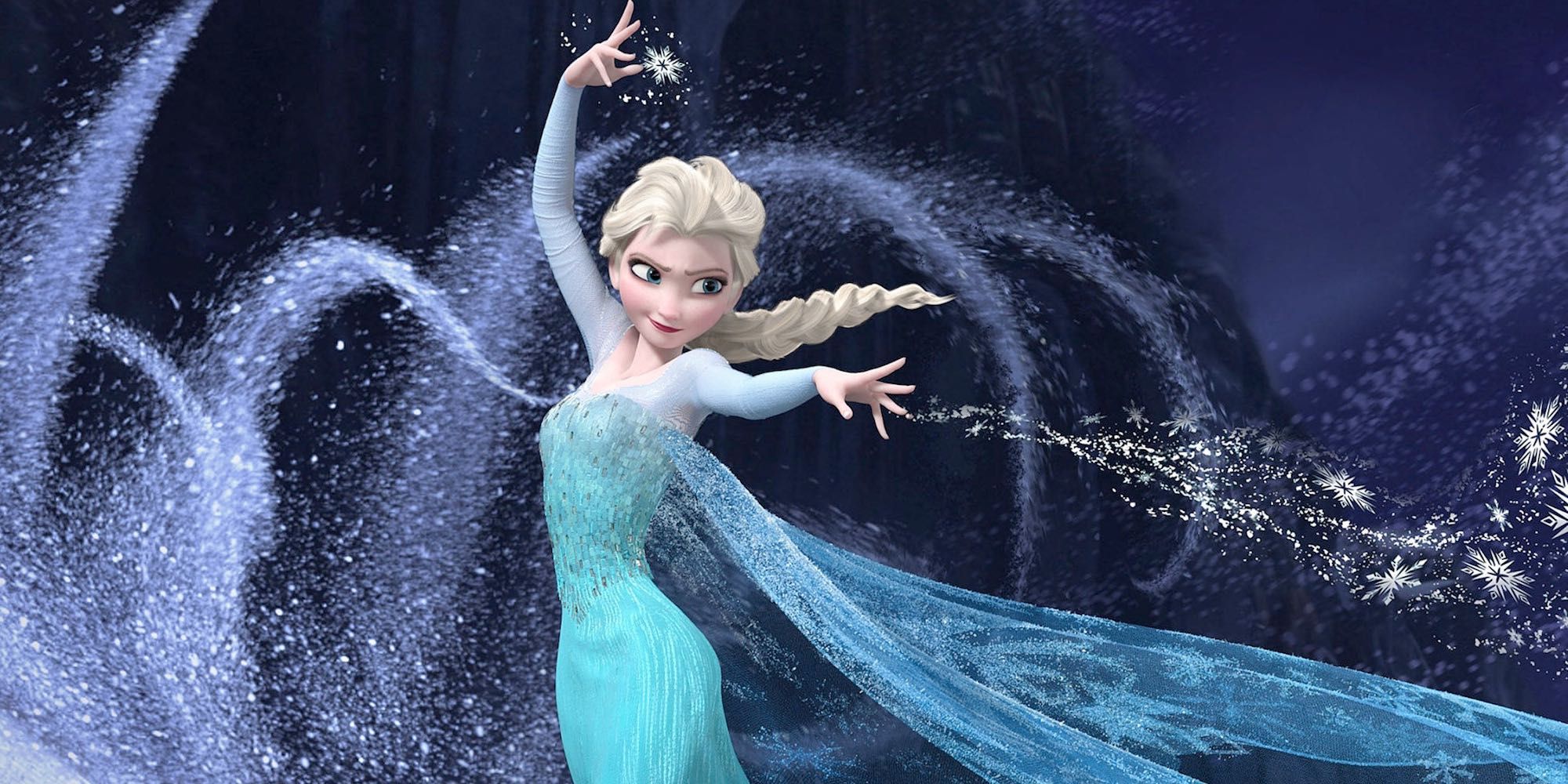
Although Frozen keeps Gerda/Anna's archetypal journey to the Snow Queen's castle in tact, it drastically changes many of the original story's subplots. "The Snow Queen" begins with the Devil, disguised as an evil troll, who creates a mirror that distorts reality and later shatters into fragments of ice that plunge into the eyes and hearts of people. Kai is struck by these ice fragments, which turn him cold and distant toward Gerda and make him susceptible to the Snow Queen's persuasion. Frozen omits the troll mirror from the plot entirely, and Anna's heart is accidentally infected with ice when Elsa loses control of her powers.
Although Anna is struck by ice twice - once as a small child and again several years later - her optimistic perception and innately kind nature are never distorted. Another difference between "The Snow Queen" and Frozen is that Anna appears to be desperately cold once the ice begins to spread through her heart, but Kai never once feels the pain of frostbite. Even when he is so blue he looks nearly black, Kai cannot feel the ice-cold because the Snow Queen's kisses act as an analgesic.
Although Kai and Anna are both eventually saved from the ice that infects their hearts, they are rescued in slightly different ways. Upon seeing her friend numb and near death, Gerda cries hot tears onto Kai, which melt the ice lodged in his heart and free him from the Snow Queen's enchantment. Anna is saved by an act of true love - albeit it is the warm, devoted affection of a sister, rather than the romantic passion she expects. In similar ways, both Gerda and Elsa discover they possessed these warm, life-saving graces all along.

Anderson's original story is laden with Christian undertones and abounds with religious motifs. The story mentions biblical imagery like angels and the Devil, and it is Gerda's recitation of the Lord's Prayer - piety that manifests as religious phenomena - that ultimately enables her to defeat the iniquitous Snow Queen. The fairy tale is also palpably darker than its adaptation, and the text mentions reprehensible actions like intended cannibalism, murder threats, drinking, nudity, and domestic abuse. Disney takes out these unsavory details and replaces them with its tried and true animated musical formula, inserting light-hearted sing-alongs with empowering ballads, and cashing in on all things cute and clever.

Although both works share an important theme at their core - that is, selfless love conquers everything - Disney ups the story's present-day relevance by adding more contemporary themes. While many of the "good" characters in "The Snow Queen" are linked in matrimony or paired into couples, Frozen spotlights the trending value of self-reliance and platonic love over romantic attachment. Messages of female empowerment, familial love and the importance of affirming one's identity are echoed throughout the movie. The film also examines the pain and dangers of repression and isolation, while also highlighting the importance of letting go of fear.
Befitting the sociological features and religiosity of the Danish Golden Age, Andersen's "The Snow Queen" draws upon moralistic values frequently seen in traditional fairy tales. Archetypes of good vs. evil, childhood innocence triumphing over the learned sins of adulthood, summer vs. winter and the separation of man from nature - all of these themes are encompassed under the overarching concern of preserving Christian values.
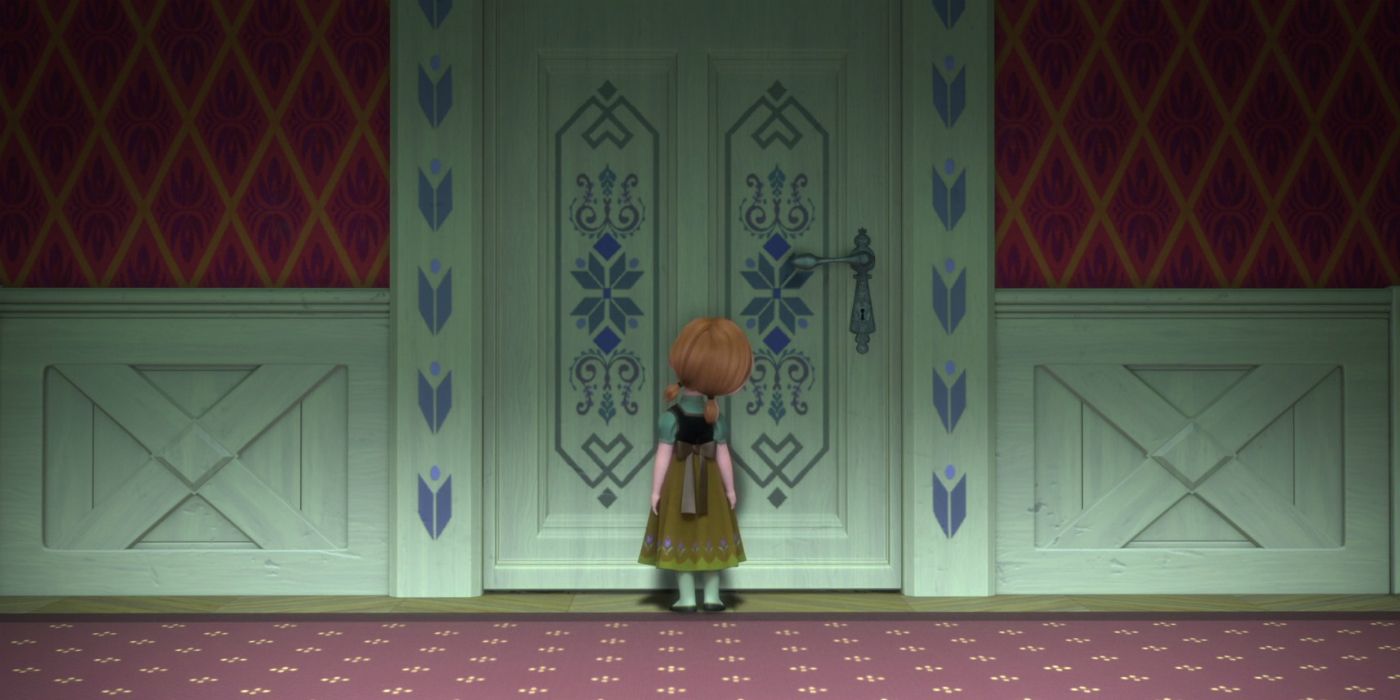
In "The Snow Queen", Kai and Gerda share a window with a rose garden between their adjacent buildings. The friends communicate through this window throughout the year until winter freezes the window pane and bars their contact until the warming thaw of spring. At the beginning of Frozen, audiences are introduced to younger versions of the film's two protagonists - Princesses Anna and Elsa, who are now at a similar age to their literary counterparts. After a near fatal accident involving Elsa's undisciplined powers, the two sisters suddenly find themselves separated for the duration of their childhood, both physically and emotionally, by a door. Frozen's song "Do You Want To Build A Snowman?" explores the same allegorical detachment experienced by Kai and Gerda during winter's harsh conditions.

"The Snow Queen" begins in an unspecified town, most likely somewhere in Northern Europe. Later Gerda's journey takes her across Lapland (a topographical region encompassing the northern areas of of present day Finland, Sweden, Norway, and parts of Russia), up to Finmark and farther north to the island of Spitsbergen. While Frozen keeps the same Scandinavian roots and time period as its literary predecessor, it fictionalizes the movie's setting. Although it is fabricated, the Kingdom of Arendelle is inspired by the country of Norway, and the fictional land maintains many features congruent with its Nordic setting, like decorative rosemaling, wooden stave churches, sweeping fjords and some not so subtle nods to Norse culture.
https://ift.tt/2VTc5eH
May 01, 2020 at 05:32AM




